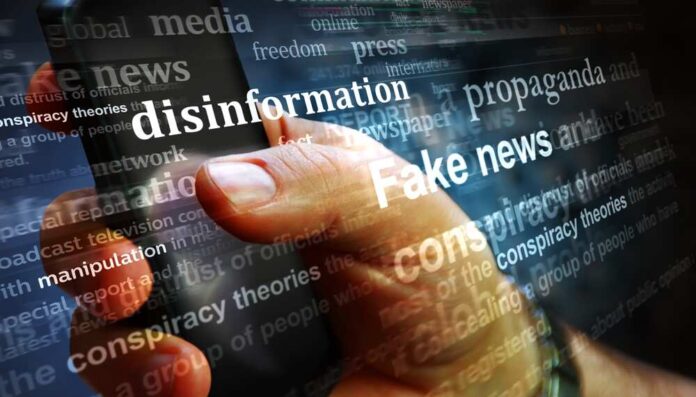
Donald Trump’s boldness and the media’s exploitation of it have reshaped public perception in unprecedented ways.
U.S. President Donald Trump held his first solo news conference as president, directing significant criticism towards the news media. During the event, Trump scolded reporters, dismissed media outlets as “fake news,” and declared the American press “out of control.” He labeled reporters as “dishonest people,” and while he anticipated criticism, he claimed to enjoy the confrontation.
Trump’s contentious relationship with the media is nothing new. It continues his lifelong love/hate dynamic with the press. Since entering politics, this relationship has soured further, with increased negative news stories targeting him. Trump’s disdain for unfavorable coverage manifests in his frequent use of the term “fake news.” Despite the public quarrels, Trump remains preoccupied with media coverage, often watching cable news and responding in real-time on Twitter. Veteran journalist Steven Roberts highlighted Trump’s unprecedented obsession with media coverage.
Trump’s Media Strategy
Trump claims to “counterpunch” against the media, but biographer Gwenda Blair suggests he thrives on confrontation and media attention. This provocative behavior, including the unexpected and sensational, aligns with strategies outlined in his book “The Art of the Deal.” Blair attributes Trump’s behavior to his natural ability as an entertainer, constantly doing unexpected things to keep attention. Though his strategy has worked well in the past, his approval ratings have suffered since taking office.
A poll by Emerson College found that Americans trust the Trump administration more than the news media, suggesting his tactics might be effective. Trump biographer Michael D’Antonio believes Trump is unlikely to change his approach, attributing his success to his instincts and perspective. The media landscape, driven by sensationalism, amplifies Trump’s polarizing nature, creating an intricate dance between a politician unafraid to stir the pot and a media environment eager to magnify the reverberations.
The exploitation of Trump’s boldness by media organizations affects public perception and political allegiance. Trump’s contentious relationship with the press has contributed to a growing distrust of traditional media. By labeling unfavorable coverage as “fake news,” Trump has fueled skepticism among his supporters. This skepticism, coupled with his direct engagement via social media, has reshaped the political landscape, drawing a clear line between Trump loyalists and his detractors.
While Trump’s strategy maintains his core base, it also polarizes the broader electorate. As Trump continues to use the media’s obsession with him to his advantage, the public must navigate a complex interplay between political rhetoric, media sensationalism, and the quest for truth. This dynamic will undoubtedly play a pivotal role as Trump remains a central figure in American politics.














